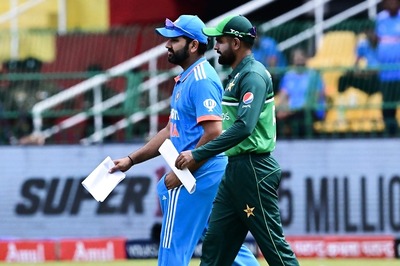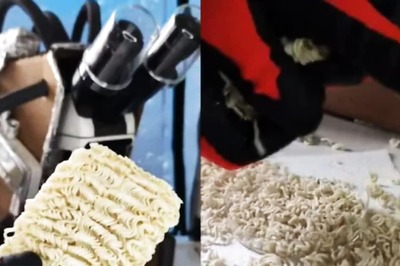
views
The splendour of the Rashtrapati Bhavan, the residence of the President of the largest democracy in the world, is multi-dimensional.
The present day Rashtrapati Bhavan was the erstwhile residence of the British Viceroy.
Built by Edwin Landseer Lutyens, the decision to build a residence in New Delhi for the British Viceroy was taken after it was decided in the Delhi Durbar of 1911 that the capital of India would be shifted from Calcutta to Delhi in the same year.
It was constructed to affirm the permanence of British rule in India and the building and its surroundings were supposed to be 'an empire in stone', 'exercising imperial sway' and containing in it, "the abode of a disinterested elite whose rule was imposed from above".
The majestic building turned the permanent institution of democracy on 26 January, 1950 when Dr Rajendra Prasad became the first President of India and occupied the building to preserve, protect and defend the Constitution of India.
It was from that day that this building was renamed as Rashtrapati Bhavan - the President's House.
The sanctioned amount for the building was earmarked at £400, 000. However, the long span of seventeen years required for the construction of the building raised its cost to £877,136 (then Rs. 12.8 million).
Interestingly, the building that was scheduled to be completed in four years took seventeen years and on the eighteenth year of its completion India became independent.
This mansion has four floors and 340 rooms. With a floor area of 200, 000 square feet it is built by using 700 million bricks and three million cubic feet of stone.
The most prominent and distinguishing aspect of Rashtrapati Bhavan is its dome which is superimposed on its structure.
While Lutyens ostensibly acknowledged the design of the dome to the pantheon of the Rome, it is very strongly believed by informed analysts that the dome was structured in the pattern of the great Stupa at Sanchi.
In fact, the whole of Rashtrapati Bhavan embodies in it Indian architectural patterns such as Buddhist railings, chhajjas, chhatris and jaalis.
Another redeeming feature of the architecture of the Rashtrapati Bhavan is the use of Indian temple bells in its pillars.
It is well known that the temple bells constitute part and parcel of our composite culture, particularly that of Hindu, Buddhist and Jain traditions. Blending these bells with the Hellenic style architecture is a fine example of the fusion of Indian and European designs.
Such bells are conspicuous in their absence in the North Block, South Block and in Parliament House.
When Chakrabarty Rajagopalachari assumed the office as the first Governor General of India and became the occupant of this building he preferred to stay in a few rooms which is now the family wing of the President and converted the then Viceroy's apartments to be the Guest Wing where the Heads of State of other countries stay during their visit to India.


















Comments
0 comment